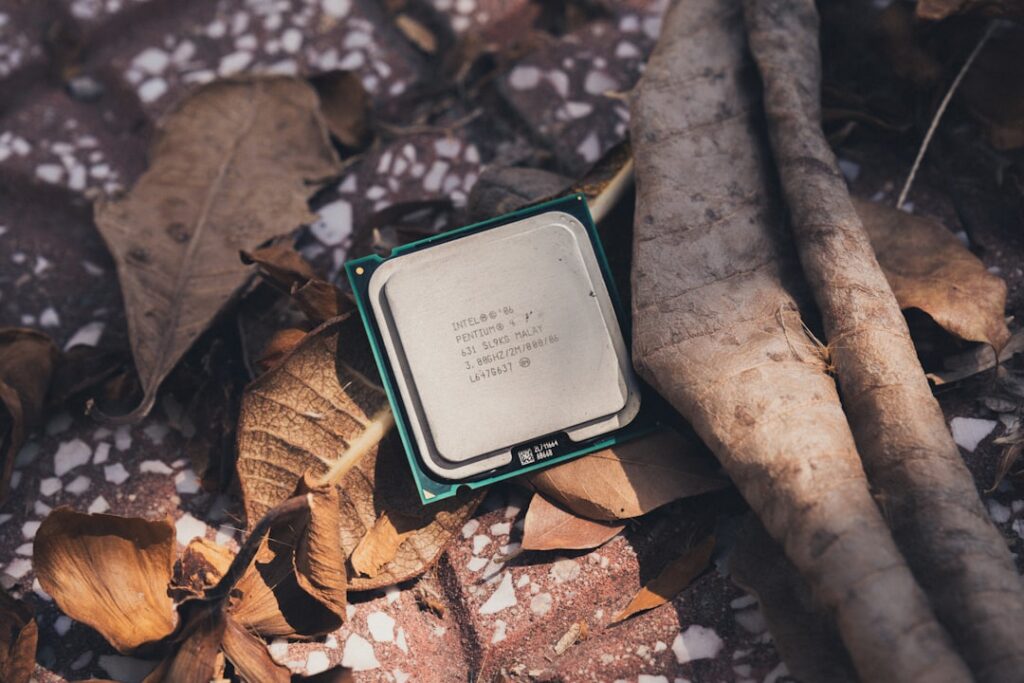Understanding CPUs: The Heart of Computing Power
CPUs, or Central Processing Units, play a pivotal role in the functioning of computers and various electronic devices. As the main component that executes instructions, the CPU is crucial for running software applications and performing tasks efficiently. In this article, we will delve into the intricacies of CPUs, their architecture, and their significance in modern technology.
What are CPUs?
The CPU, often referred to as the brain of the computer, is responsible for processing data and controlling other components. It performs calculations, runs programs, and manages inputs and outputs. Essentially, it interprets commands from software and converts them into actions the computer can understand.
Components of a CPU
Understanding the CPU requires knowledge of its individual components:
- Arithmetic Logic Unit (ALU): This component performs mathematical calculations and logical operations.
- Control Unit (CU): The CU directs the operation of the processor, instructing the ALU and storage on how to execute instructions.
- Registers: These small storage locations hold data and instructions temporarily to facilitate quick access.
- Caches: Caches are high-speed storage areas that provide faster data access for frequently used information.
How CPUs Work
The operation of a CPU can be summed up in the four main stages of its instruction cycle:
- Fetch: The CPU retrieves an instruction from memory.
- Decode: The instruction is interpreted to determine what action is required.
- Execute: The CPU performs the operation specified by the instruction.
- Store: The results of the operation are stored back in memory.
The Role of Clock Speed and Cores
Clock speed, measured in gigahertz (GHz), indicates how many cycles a CPU can perform per second. Typically, a higher clock speed allows for faster processing. Moreover, modern CPUs feature multiple cores, meaning they can perform several tasks simultaneously. This multi-core architecture enhances performance, especially for multitasking and demanding applications, such as gaming and video editing.
Types of CPUs
CPUs can be categorized into various types based on their intended use:
- Desktop CPUs: These are powerful processors designed for personal computers and workstations. They offer high performance for gaming and professional applications.
- Mobile CPUs: Designed for laptops and mobile devices, these processors prioritize energy efficiency and heat management while still delivering adequate performance.
- Server CPUs: Optimized for multitasking and heavy workloads, server CPUs are used in data centers and cloud computing environments.
- Embedded CPUs: These are specialized processors found in devices like appliances, automotive systems, and industrial machines, often designed for specific tasks.
Future Trends in CPU Technology
The CPU landscape is ever-evolving, with several trends shaping its future:
- Increased Core Counts: As software becomes more complex, CPUs with higher core counts are expected to dominate, providing better performance for multitasking and parallel processing.
- Energy Efficiency: With growing concerns over energy consumption, new CPUs are being designed to offer more performance per watt.
- Integration with AI: Future CPUs are likely to incorporate artificial intelligence capabilities into their architecture, enabling smarter processing and faster data analysis.
Conclusion
In summary, CPUs are the heart of computing systems, enabling a wide range of applications and services through their intricate processing capabilities. Understanding how CPUs function, the components involved, and the types available provides valuable insight into computer performance and efficiency. As technology continues to advance, keeping an eye on CPU developments will be crucial for anyone interested in the future of computing.
The Evolution of CPUs
Since their inception in the mid-20th century, CPUs have undergone significant transformations. Early processors, such as the Intel 4004, were able to perform basic arithmetic and logic operations at a mere clock speed of 2.5 MHz. As technology progressed, the introduction of microprocessors marked a monumental leap forward, integrating thousands of transistors onto a single chip, which paved the way for the modern computing era.
Today’s CPUs can contain billions of transistors and leverage multiple cores to handle various tasks concurrently. This evolution has been driven not only by advances in semiconductor technology but also by the increasing demands of software applications, gaming, and data processing. CPUs are becoming ever more adept at managing parallel processing, which enhances performance and efficiency across a spectrum of tasks.
Current Trends in CPU Technology
The landscape of CPUs is dynamic, with innovation happening at an accelerated pace. One of the prominent trends is the shift towards energy-efficient processors. As environmental concerns rise, manufacturers are focusing on lowering power consumption while maximizing performance. Technologies like FinFET and 3D chip stacking are revolutionizing how CPUs are designed and manufactured, resulting in faster, more efficient chips that heat less and consume less power.
Additionally, the integration of artificial intelligence directly into CPU architectures is gaining traction. Modern CPUs now come with specialized instruction sets designed to accelerate AI workloads, making them capable of performing complex calculations that were once only feasible on dedicated hardware. This trend opens up new possibilities for applications in various fields, including autonomous systems, scientific simulations, and real-time data analysis.
The Future of CPUs
Looking forward, the future of CPUs is laden with possibilities. With quantum computing on the horizon, traditional computing paradigms may shift dramatically. Quantum CPUs, which leverage the principles of quantum mechanics, promise unparalleled computational speeds for specific tasks, such as cryptography and complex system modeling. As research in this area progresses, it’s likely that we will see a convergence of classical and quantum CPUs to harness the best of both worlds.
Moreover, as the Internet of Things (IoT) expands, CPUs will continue to evolve to meet the unique demands of interconnected devices. Smaller, more efficient processors designed specifically for low-power environments will be critical to maintain performance while ensuring longevity and reliability in everyday consumer devices. The ongoing advancements in CPU technology illustrate a vibrant and exciting landscape that promises to reshape the computing experience for future generations.


